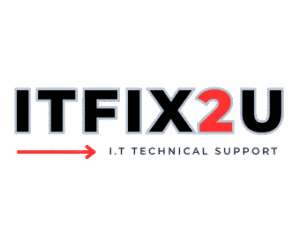Secure File Sharing Setup
Fast, Friendly On-Site IT Help in Perth
We come to you – affordable, mobile technicians with 5-star service.
Mobile Service
We come directly to your home or business.
5-Star Rated
Hundreds of happy customers across Perth.
Expert Technicians
Certified IT pros with years of experience.
Same-Day Support
Fast response, available 7 days a week.
On-Site Service
We come to your home or office – no need to unplug anything.
100% Satisfaction Guarantee
We’re not happy until you are – your satisfaction is our top priority.
Transparent Pricing
No surprises – clear rates before we begin any work.
7-Day Support
Available every day of the week, including weekends.
Tell Us What You Need
Let’s dig into the issue:
Secure File Sharing Setup
Secure File Sharing Setup
Collaborating effectively often requires sharing files, but doing so securely is paramount to protecting sensitive information. Our Secure File Sharing Setup service helps you establish robust and private file sharing solutions for your home or small business. We can configure network shares, cloud-based solutions, or dedicated file servers with appropriate access controls and encryption. Ensure your shared documents and media remain confidential and accessible only to authorized individuals with our expert setup.
- Assessing needs for local network or cloud-based file sharing.
- Configuring user permissions and access control for shared folders.
- Implementing encryption for data in transit and at rest.
- Setting up secure synchronization between devices.
- Educating users on best practices for secure file collaboration.
Why ITFIX2U Professionals are Required to Do the Job Right
ITFIX2U professionals understand network security protocols and access control mechanisms crucial for secure file sharing. We ensure that shared files are only accessible to authorized users and are protected from unauthorized access, preventing potential data breaches that can arise from improperly configured sharing solutions.
